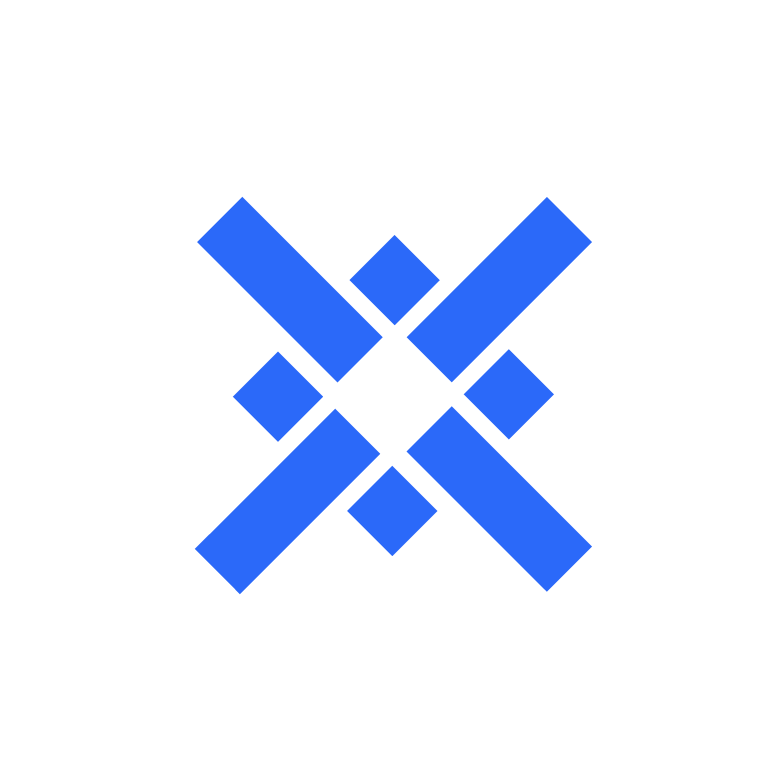Disclaimer: The data in this article is obtained after comprehensive consideration of the annual reports of various platforms and other research reports, and the reference standards may be different.
DeFi and NFT foster the development of GameFi
DeFi and NFT lay the foundation for GameFi
Since the launch of the Ethereum mainnet on July 30, 2015, the Web3 era has officially arrived. The smart contract deployment function of the Ethereum mainnet supports the design and operation of DAPPs (decentralized applications). On this basis, a large number of popular DeFi (decentralized finance) have emerged, such as Uniswap, which implements DEX (decentralized exchange) through automated market makers, and MakerDAO, which implements contract lending. These DeFis have attracted a lot of hot money with their high investment returns, openness, transparency, strong concealment, and complete openness. The total market value of the DeFi track has also increased from US$50 million in 2015 to US$100 billion in 2023.
Figure 1 DeFi market value growth
As DeFi flourished, capital began to explore the integration of decentralized finance with other fields. During this period, the NFT market experienced a big explosion. In 2017, CryptoKitties, an Ethereum-based NFT project that allows players to buy, breed and trade digital cats, attracted widespread attention, and this project is often regarded as the starting point of the NFT explosion. The total market value of the NFT market has risen from a few million US dollars in 2018 to 8 billion US dollars in 2023.
Figure 2 NFT market value growth
If DeFi has brought a steady stream of funds to the crypto market, then NFT has directed the blockchains attention to entertainment and games. The two together have provided a fertile ground for the development of blockchain games. Under this, GameFi, which combines the concepts of DeFi and blockchain games, has begun to emerge.
The starting point of GameFi’s dream
In the second half of 2019, MixMarvel Chief Strategy Officer Mary Ma first proposed the concept of GameFi - gamified finance and new gamified business. This concept combines elements of games and finance, aiming to introduce new business models and economic systems to the game industry through blockchain technology. In Mary Mas view, future games are not only entertainment tools, but also financial tools. Through blockchain technology, virtual items in games can be turned into valuable digital assets, and players can acquire, trade and increase the value of these assets through games. In this model, game companies and players can jointly participate in economic activities in a decentralized environment to achieve mutual benefit and win-win results.
However, since blockchain technology and its application paradigm were not mature enough at the time, the concept of GameFi did not immediately attract widespread attention and application.
The beginning of GameFis explosion
In September 2020, Andre Cronje, the founder of Yearn.finance, elaborated on his understanding and outlook of GameFi in a speech and public statement. With Andre Cronjes authority in the DeFi industry, the concept of GameFi began to truly enter the public eye. And many of Andre Cronjes views on GameFi also clarify the future development direction of GameFi.
In Andre Cronjes opinion, the DeFi industry is in the TradeFi stage, where users funds are mainly used for transactions, pledges, and lending, which fails to reflect the difference between cryptocurrencies and traditional finance. GameFi will be the future development direction of DeFi. User funds can not only be used for financial transactions, but also have practical application value in the virtual game world. Users can get rich token returns in the activities of the virtual game world, which will be similar to work in real life.
Since then, the GameFi field has begun to usher in the first wave of growth!
Figure 3 GameFi promotional image
GameFi reshapes the gaming industry
GameFi is a blockchain technology that combines DeFi, NFT and Blockchain Game. It runs the game assets and some logic in the smart contract of the blockchain, and the DAO (decentralized autonomous organization) is responsible for managing the development of the game ecosystem to ensure that users have ownership of assets in the game and governance rights over the game. GameFi focuses on building a complete financial system and supports the use of game native tokens for prop trading and other activities. Users can earn token income through games and share the benefits of game development.
Completely solve the shortcomings of traditional games
In traditional games, it has long been a consensus that items such as props and skins have certain value. The average annual sales of props in CSGO from 2018 to 2023 is higher than 420 million US dollars, and it is growing year by year; the annual sales of skin props in League of Legends has increased from 1.4 billion US dollars in 2018 to 2.5 billion US dollars in 2023; the annual sales of skin props in Honor of Kings will even reach an exaggerated 2.74 billion US dollars in 2023. Whether in China or abroad, game props have a broad market space.
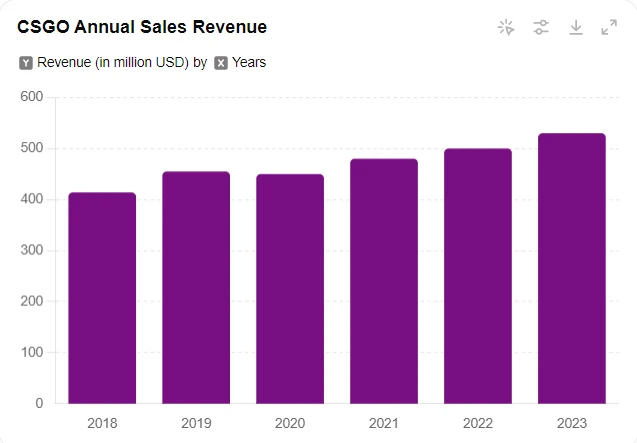
Figure 4 Annual sales of CSGO props
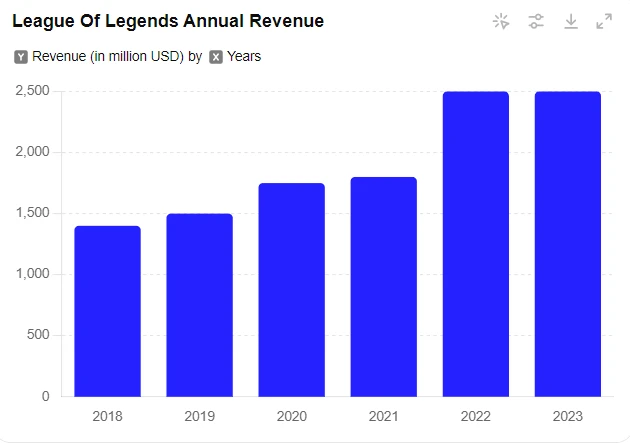
Figure 5 Annual sales of League of Legends props
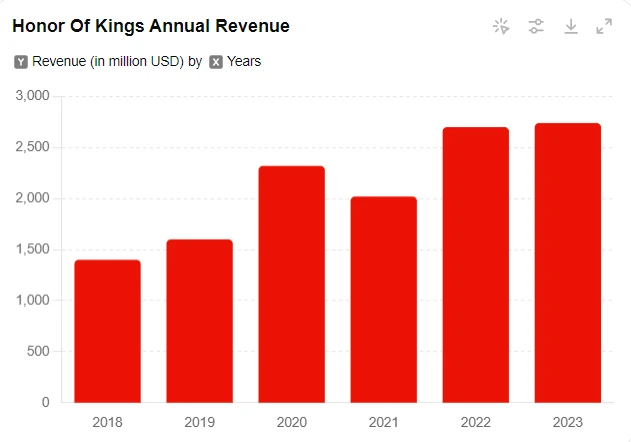
Figure 6 Annual sales of King of Glory props
However, since the transaction of props often damages the profits of game publishers and touches the legal red lines of certain countries and regions due to its financial attributes, game manufacturers have always adopted two strategies for the transaction of game props. One is that CSGO and Steam jointly monopolize the prop trading market and charge higher transaction fees. The other is that League of Legends, Honor of Kings, etc. adopt unlimited prop supply, unify prop purchasing channels, and strictly prohibit game account transactions.
It is precisely because of the prohibition of game manufacturers and local regulations that the black market sale of game props has become a highly profitable business. Within a certain limit, as game manufacturers and local regulations increase their crackdown on black market transactions, the black market prop supply line shifts left and sales profits increase.
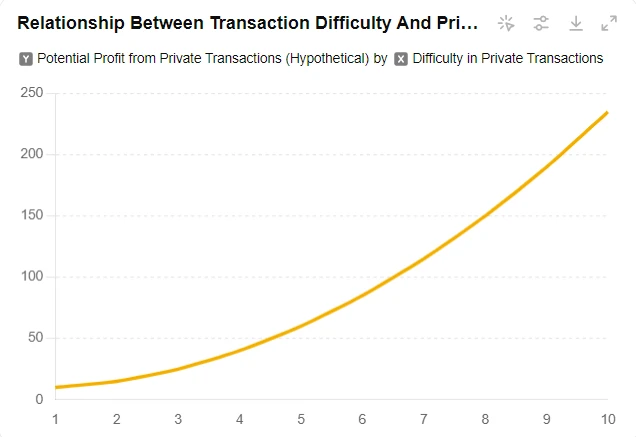
Figure 7 Rough curve of the relationship between private transaction profit and transaction difficulty
GameFi, built with blockchain technology, naturally has DeFi attributes, which can perfectly solve the current situation of monopoly by game manufacturers and rampant black markets. GameFi is both a game and a market. Game skins and props exist in the form of NFTs, and all transactions will follow the rules of the market and remain as transparent as possible.
In addition, GameFis major feature is that all players share the governance power of the game through DAO governance of game development. At present, game manufacturers often manipulate the probability of lottery and sell some high-priced game props in the past at a discount to increase sales, which harms the interests of players who have already purchased them. Players protests against these measures are also difficult to concentrate, and are often covered up by these technology giants through traffic control. DAO governance measures can shatter the current situation where game manufacturers have absolute say. Users no longer have to worry about the game developing in a direction that is unfavorable to users, and enjoy the overall economic benefits brought by the development of games.
Perfectly in line with the game development process
Looking at the development history of games, the improvement of computer technology, hardware upgrades, and innovation of game concepts are often important factors.
Early Computer Games (1970s-1980s): The early stages of video game development, mainly in labs and university settings. Notable early games include Spacewar! and Pong, the release of which marked the beginning of commercial video games.
Home game console era (1980s-1990s): Nintendo released the home game console NES, bringing classic games such as Super Mario Bros.
16-bit console era (1990s): Sony releases the PlayStation, ushering in the era of disc-based games, and the game Final Fantasy VII sparks a gaming boom.
3D Game Era (late 1990s-early 2000s): Valve released Half-Life, which won wide acclaim from players for its deep storyline and immersive experience.
Online Gaming and MMORPG Era (2000s): Blizzard Entertainment releases World of Warcraft, which becomes one of the most successful MMORPGs and promotes the development of online multiplayer games.
Mobile and social gaming era (2010-present): Supercell released Clash of Clans, which became one of the most successful mobile strategy games, and Niantic released Pokémon GO, combining augmented reality (AR) technology with mobile gaming, sparking a global craze.

Figure 8 Traditional game development line
In the past, the development of games mainly relied on three major factors: computer technology improvement, hardware upgrades, and innovation in game concepts. Today, GameFi is a powerful combination of DeFi and NFT, representing one of the most cutting-edge and interesting technologies in blockchain. It is also a cross-integration of computer and financial disciplines, with a novel play-to-earn game concept. At the same time, it provides an example for financial market research. It can be said that GameFi perfectly meets two of the three major elements in the development of games and conforms to the history of game development.
GameFi has developed rapidly in recent years, proposing novel concepts and designs, and giving birth to many top projects.
Early exploration (2018): Decentraland was launched as one of the early GameFi projects, allowing players to buy, develop and trade virtual land, using blockchain technology to achieve true ownership. Gods Unchained launched a blockchain-based collectible card game where players can buy, sell and trade cards, demonstrating the potential of NFTs in games.
Concept Proposal (2019): Mary Ma proposed the concepts of gamified finance and new gamified business, marking the birth of the GameFi concept. In the same year, Axie Infinity launched by Sky Mavis began to attract public attention.
Initial rise (2020): Andre Cronje, founder of Yearn.finance, reiterated the concept of GameFi in September 2020, predicting that DeFi will develop into a gamified financial stage in the future, and user funds will be used as equipment in games. At this time, the DeFi and NFT markets also ushered in a golden age, laying the groundwork for the explosion of GameFi.
Explosive Growth (2021): Axie Infinity was a huge success, attracting millions of players and reaching a daily trading volume of US$1 million in August. Through the play-to-earn model, it enabled players to earn income through games, becoming the main source of income for hundreds of thousands of residents in Southeast Asian countries during the epidemic; In the same year, The Sandbox became popular, allowing users to create, own and trade virtual assets and land, and was sought after by a large number of venture capital institutions.
Traffic has fallen sharply (2022 to present): Affected by the overall downturn in the crypto market, GameFis popularity has dropped sharply. Axie Infinitys daily active user satoshis plummeted from 740,000 in August 2021 to 35,000 in August 2022. At the same time, many GameFis are facing serious inflation problems. The number of DeFi Kingdoms tokens has risen from 60 million at the beginning of 2022 to 100 million in the middle of the year.
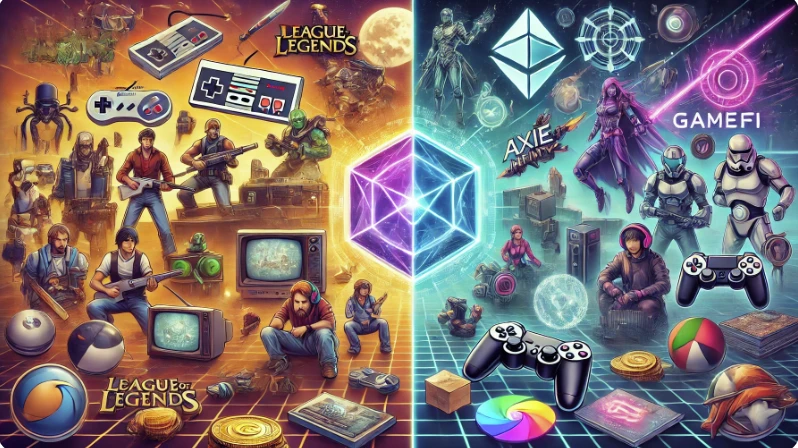
Figure 9 Game vs GameFi
The popularity of GameFi has also promoted the concept of the metaverse. The essence of the metaverse is to build a virtual shared space realized by AR (augmented reality) and VR (virtual reality), combined with decentralized technologies such as blockchain, which covers not only games but also all aspects of life. GameFis free ecological construction method has made it synonymous with the metaverse in many scenarios. In the two years from 2021 to 2022, many traditional technology companies began to intervene in GameFi and the concept of the metaverse.
Facebook changed its name to Meta to reflect its long-term vision for the Metaverse.
Tencent established a new TiMi Studios, which focuses on developing metaverse-related games. It also invested in The Sandbox and Decentraland.
Microsoft acquired Blizzard for $68.7 billion and plans to combine traditional popular games with blockchain technology to create a new generation of GameFi.
Goldman Sachs SoftBank increased its investment in GameFi and supported well-known GameFi projects such as Axie Infinity and The Sandbox.
GameFis overall market value also increased from US$200 million in 2018 to US$24.52 billion in 2023, with a growth rate of 733.3% from 2020 to 2021.
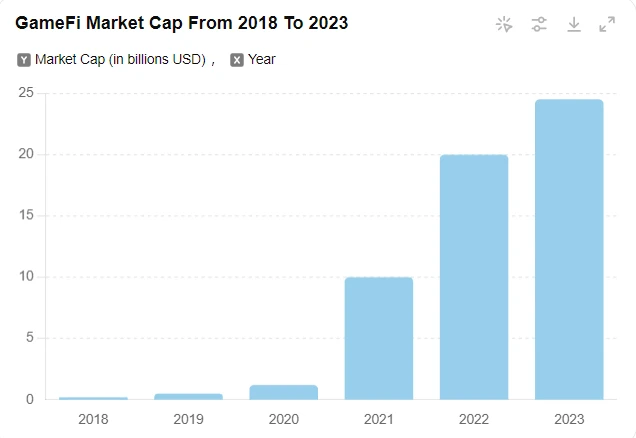
Figure 10 GameFi market value growth chart
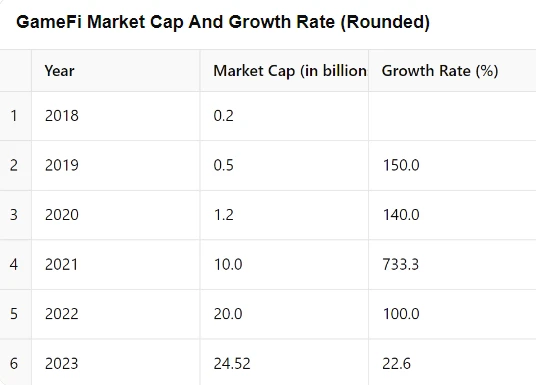
Figure 11 GameFi market value growth rate
Although GameFi may be facing some problems at present, due to the strong involvement of traditional technology companies and the gradual maturity of technology, there are still unlimited possibilities in the future.
A narrative that combines the best of many schools of thought
GameFi itself is a combination of DeFi+NFT+Blockchain Game, which not only makes the originally boring DeFi lively, but also gives NFT technology without application scenarios a chance to land. At the same time, GameFis governance model also provides an opportunity for the implementation of DAO organizations. Combined with the current hot concepts such as the metaverse, AR and VR are also expected to become part of GameFis 3A masterpieces. Therefore, GameFi is a major application field that deeply applies blockchain technology and integrates it with virtual technology.
DeFi+NFT token economy, building an independent financial ecosystem
Financial characteristics are the biggest difference between GameFi and Blockchain Game. Blockchain Game often only focuses on using blockchain technology to improve game transparency, fairness and asset ownership, while GameFi focuses on introducing a complete financial system into the game to create a Blockchain Game with financial attributes. Therefore, Blockchain Game can be a simple blockchain application game, while GameFi must include financial functions and economic systems.
From a technical perspective: The uniqueness and indivisibility of NFT give each game item unique value. By limiting the number of NFT items issued, the scarcity value of the items can be created.
From the perspective of rights: In GameFi, the project party only appears as a game developer, bug fixer, and decision caller. At the beginning of the game, they sell tokens and props NFT to players, and at the same time, most of the power is delegated to ordinary players. The update and development of the game, the distribution of benefits, and other matters are decided by the DAO organization composed of players and project parties.
From a mechanistic perspective: GameFi’s “play-to-earn” model allows players to earn NFT items or tokens in the game through time and initial financial investment, and exchange them with real fiat currency to generate economic benefits.
GameFi is not the first to introduce financial systems into games. Some traditional games already have complex financial systems, proving that this move is feasible. The MMORPG (Massive Multiplayer Online Role-Playing) game EVE Online is famous for its complex financial system. The game simulates the real-world market, including production, trade, combat resource management, etc. There are more than 40,000 items. Players can mine minerals, manufacture goods, establish companies and alliances, and even manipulate the market. CCP Game, the developer of EVE Online, hired economist Eyjólfur Guðmundsson to study the economic operation mechanism in the game and regulate the huge market in time to prevent market collapse.
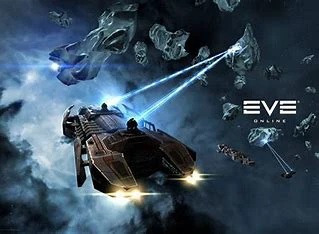
Figure 12 Promotional image of EVE Online
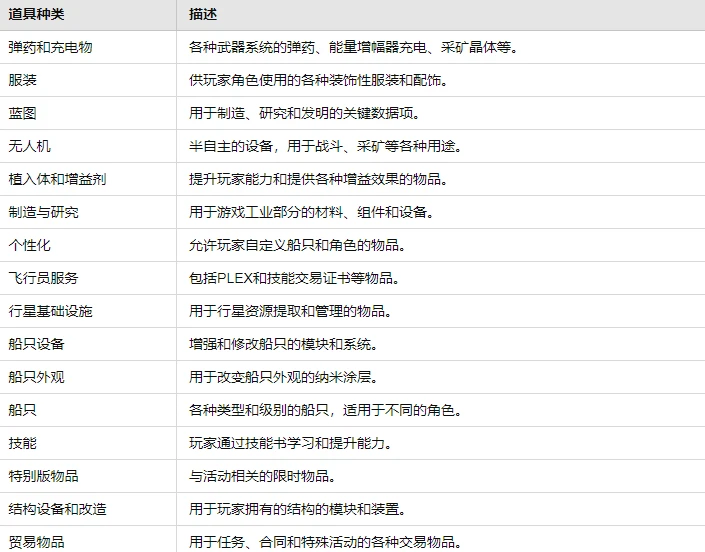
Figure 13 Some game props in EVE Online
Although the complexity of GameFis financial system is far less than that of old games such as EVE Online, World of Warcraft, and Second Life, its decentralized nature determines that GameFi players own their assets without having to bear the risk of trusting game manufacturers.
Cross-chain asset interoperability + multi-platform operation to create a large financial circle
A single GameFi may face problems such as a small number of users, low activity, and unstable funds. Cross-chain asset interoperability and multi-platform operations may improve this problem. Each GameFi is an economy. When GameFis are interconnected, they can form a large economic market, which requires the comprehensive application of cross-chain, cross-platform compatibility, data synchronization and consistency, decentralized account management and other technologies.
Cross-chain technology: Through cross-chain bridge technology or interoperability protocols, users are allowed to conduct direct transactions and communications between different blockchains.
Cross-platform compatibility: At the beginning of GameFi development, it was necessary to ensure that it could run in different hardware and software environments. Using highly compatible game engines such as Unity and Unreal Engine and standardized APIs is important for achieving cross-platform compatibility.
Data synchronization and consistency: Through State Channels technology, users can complete transactions off-chain and only submit the final status to the blockchain for information synchronization, reducing the pressure of data transmission.
Decentralized account management: DID (decentralized identity), SSO (single sign-on), and distributed account storage become very important when supporting GameFi cross-chain and multi-platform operations. These technologies can reduce the pressure on users to manage accounts and improve security.
A unified and effective financial cycle can not only improve the liquidity of funds within the cycle, but also, as Andre Cronje expects, is expected to become the direction of future DeFi development. In addition, the GameFi financial cycle will simulate the financial behavior between countries and regions in the real world, providing a model for further research in economics.
Integrating AR and VR technologies, Ready Player One is no longer a fantasy
Benefiting from the explosive growth of GameFi in 2021, the concept of the Metaverse once dominated the A-share and US stock markets. During this period, fraud cases under the guise of the Metaverse concept emerged one after another. Against this background, GameFi was gradually given the hope of inheriting the Metaverse concept.
At the same time, AR and VR technologies of the connected metaverse began to flourish. In 2023, the global AR and VR market size exceeded US$70 billion and is expected to exceed US$400 billion in 2030.
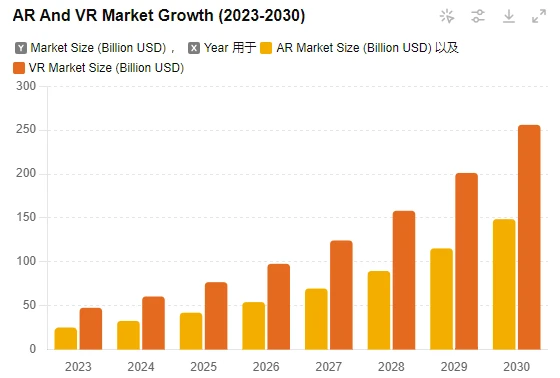
Figure 14 AR and VR market size estimates
Many projects have begun to work on the underlying implementation of the integration of blockchain with AR and VR technologies, making it possible for GameFi to combine AR and VR technologies in the future and bring Ready Player One into reality.
Render Network: Provides distributed GPU rendering services that support high-quality 3D rendering for AR and VR. Many applications including Apple Vision Pro already provide this service.
Ozone: Provides 3D applications and cloud computing services that support multi-chain and cross-chain.
IOTX: Providing a secure, privacy-preserving, and scalable blockchain platform to connect and manage IoT devices.
Faced with such future demands in the virtual market, it has gradually become a consensus that GameFi will combine AR and VR technologies to create a new generation of 3A masterpieces.
GameFi 1.0 era, the fastest running Ponzi game
CryptoKitties, Crazy Cats Open the GameFi 1.0 Era
On November 28, 2017, CryptoKitties was launched on the Ethereum blockchain, becoming the first phenomenal DAPP. Its appearance proved to users that Ethereum is not only about token issuance, but also about simple and interesting NFT games. CryptoKitties provides a series of innovative gameplay.
Users can use ETH to buy their own cat NFT on the CryptoKitties Marketplace.
Each cat has a unique genetic code, and the market can be used to look up each cats parents, siblings, and past activities.
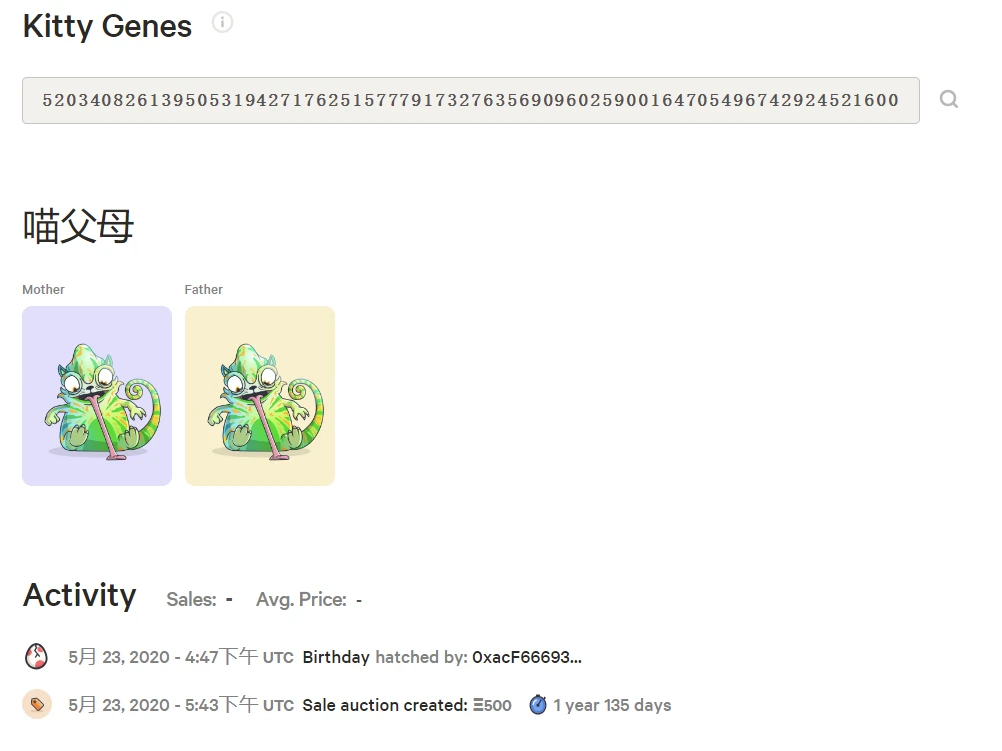
Figure 15 CryptoKitties Information
Two cats can produce a new generation of kittens through reproduction. After breeding, the cats will have a cool-off period. The cool-off period will get longer as the number of times the cats reproduce increases. The new generation of kittens will integrate the cool-off period time.
Players can rent out their cats to breed with other peoples cats, give them away as gifts, or auction them on the market.
CryptoKitties groundbreaking gameplay and high profit expectations quickly attracted the attention of speculators. One of the cats named Dragon was sold for 600 ETH (about $170,000), setting a historic record. The CryptoKitties project was also separated from the original company Axiom Zen Game Studio and received $12 million in investment from two top venture capital firms, a16z and usv.
As of 2024, the CryptoKitties project has conducted more than 700,000 transactions with a total transaction volume of 67,818 ETH, equivalent to about $115 million. However, since mid-2018, the transaction volume of the CryptoKitties project has fallen sharply and is now completely out of the market.
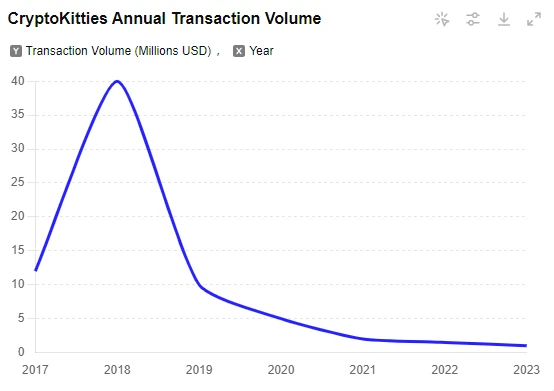
Figure 16 Changes in CryptoKitties transaction volume
Although the original intention of the CryptoKitties project was not a Ponzi scheme, but rather a desire to explore more channels for the future development of Ethereum through NFT games, it has also created a very serious economic bubble.
Fomo 3D - Pure Gambling Game
The popularity of CryptoKitties triggered the explosion of early Blockchain, but most of these Blockchains did not have any innovation. The most well-known project was Fomo 3D. Fomo 3D is a simple fool game with four main types of gameplay. The core mechanism is treasure hunting, and it is combined with team dividend mechanism, recommendation reward mechanism and lucky candy mechanism to increase profitability.
The treasure-hunting mechanism is aimed at gamblers. In Fomo 3D, each full game includes a 24-hour countdown. During the countdown, players spend Ethereum to buy the games token, the Key. Every time a player buys a Key, the countdown will increase by 90 seconds (no more increase after 24 hours). In the end, whoever becomes the last player to buy more than or equal to 1 Key at the end of the 24-hour countdown will be able to take away 48% of the prize pool. In order to ensure that this entire game can end, Fomo 3D will continuously and dynamically adjust the price of the Key. After each purchase of a Key, the next person needs to spend a higher price to buy it. Over time, as the cost of player participation increases, there is a situation where the countdown speed is faster than 90 seconds, and the game ends.
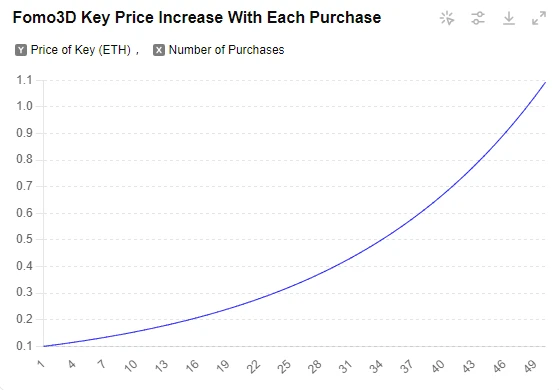
Figure 17 Fomo 3D “Key” price changes with purchase quantity
Obviously, Fomo 3D is a typical Ponzi scheme game. Everyone wants to be the final winner, but most people will lose everything.
Funding Blockchain Games like Fomo 3D were the norm during the GameFi 1.0 period. They were almost all Ponzi schemes that took money from one pocket to pay for another. They sucked blood from new users and distributed rewards to old users. The fragile balance under the high rate of return was very easy to collapse due to factors such as the selling of local currency, the fading of popularity, and the decrease in new users. Moreover, these Blockchain Games were completely incomparable to traditional games in terms of fun. Therefore, in essence, the Blockchain Games of this period did not have a complete financial system and could not be called GameFi.
GameFi 2.0 era, inspired by “play-to-earn”
The GameFi 2.0 era is a stage in which the GameFi concept is booming. From play-to-earn to x-to-earn, the financial system of Blockchain is expanded step by step, and financial elements such as community, transaction, battle, and market are gradually introduced into GameFi.
Axie Infinity kicks off the “play-to-earn” trend
Unlike all previous Blockchain Games, Axie Infinity combines the play-to-earn concept with complex financial mechanisms for the first time, creating an attractive world of NFT creatures where players can collect, breed, fight and trade elves called Axie in the game.
Early stage (2018): Axie Infinity was released by the Vietnamese startup team Sky Mavis. The game was initially inspired by Pokémon and CryptoKitties, and the team hopes to create a player-autonomous Pokémon world.
Early development stage (2019-2020): Axie Infinity is officially launched on the Ethereum blockchain. Players can buy Axies, breed them, and sell them on the market. Axie Infinity then launches the PVP mode and adventure system, further increasing the playability of the game.
Explosive period (2021): Due to the play-to-earn mode in the game, Axie Infinity attracted a large number of players, and a film called Play and Earn - NFT Game in the Philippines made more people see this promising game.
Expansion phase (2022 to present): Axie Infinity is developing in stealth mode. Currently, there are six sections: Axie Infinity Origins, Axie Infinity: Homeland, Axie Classic, Axie Infinity: Raylights, Defenders of Lunacian and Project T prototype.
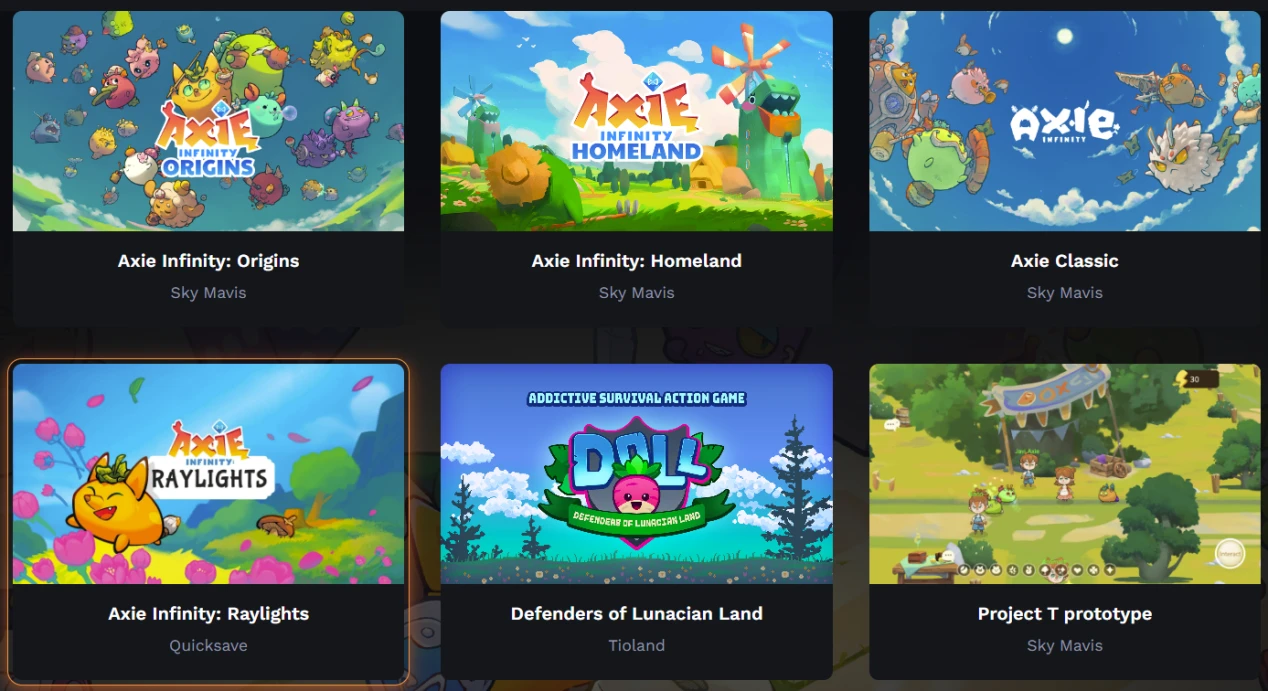
Figure 18 Axie Infinity game mode
In the Axie Classic version, users need to buy 3 Axies to start fighting or breeding. Each Axie is unique and completely belongs to the players personal property. Axies are given randomly assigned attribute tendencies when they are born, including health, skills, speed, and morale. Axies also have different racial attributes, which can provide certain restraint relationships in battle. There are many details in the specific game rules of Axie, which will not be elaborated here.
The Axie Infinity token governance model is dual-currency governance, with AXS as the governance token and SLP as the game token.
AXS Effect
AXS holders have voting rights on the governance of the Axie Infinity ecosystem, including the future development direction of the game and major decisions.
Players can stake AXS tokens to receive rewards.
When breeding Axies, you need to pay a portion of AXS as breeding fees.
AXS also serves as a reward token for in-game events.
SLP Role
SLP is mainly used for Axie breeding. Each breeding consumes a certain amount of SLP. The more breeding times, the more SLP is required.
Players can obtain generous SLP rewards by completing daily tasks, participating in PVE (Adventure Mode) and PVP (Arena Mode).
Unique scholarship mechanism
Axie Infinity has a unique scholarship mechanism. Axie holders can lend Axie to apprentices. Apprentices use Axie to fight and earn SLP, and holders can share the profits. Under this mechanism, diligent players who are familiar with the rules of the game can enter the game with zero threshold, continuously earn AXS and SLP and grow the Axie team. During the epidemic, a large number of Filipinos maintained their basic lives through Axie games. This is also a rare case of a blockchain project that truly improves peoples lives.
Axie Infinitys creative achievements are also reflected in the projects MAU (monthly active users), transaction volume and revenue. In August 2021, Axie Infinitys total transaction volume exceeded US$2 billion, and its monthly revenue reached US$364 million, surpassing Honor of Kings for the first time; by the end of the same year, the number of monthly active users reached more than 2 million.
Although Axie Infinity has made a groundbreaking breakthrough in the development of GameFi, it is still affected by the economic bubble and the overall market downturn. Its number of active users has dropped from a peak of 2.7 million in 2021 to 400,000 in 2023. Currently, the number of monthly users is only about 100,000, and its transaction volume has also dropped from US$4 billion in 2021 to US$200 million in 2023.
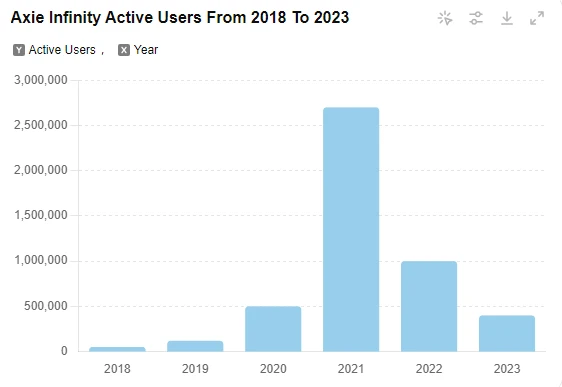
Figure 19 Axie Infinity active user changes
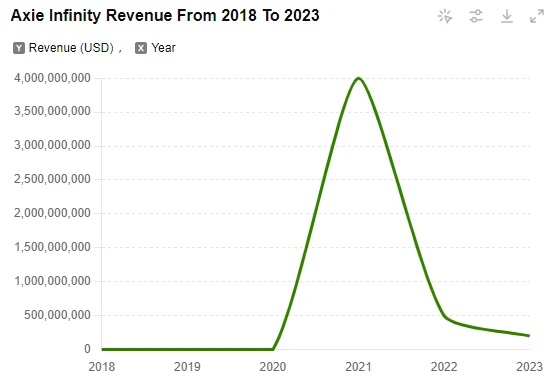
Figure 20 Axie Infinity annual sales changes
Even though Axie Infinity has experienced a huge economic bubble, the game has withstood the turmoil and still maintains its leading position in GameFi. In the past 30 days, Axie has had 387,232 transactions and sales of 1083.3 ETH, about 4 million US dollars, which is a very good number for a game that has been around for six years.

Figure 21 Axie sales overview in the past 30 days
Axie Infinity first implemented GameFis philosophy and model through the play-to-earn model, and successfully attracted people who really like this game through the PEP and PVP modes. It is a successful example in GameFi.
The Sandbox Shapes the Virtual World
If Axie Infinity is the casual version of GameFi, then The Sandbox is definitely the epic masterpiece. The Sandbox is derived from two popular sandbox games, The Sandbox and Sandbox Evolution, which have been downloaded more than 40 million times on iOS and Android. In 2018, publisher Pixowl decided to bring this successful user-generated content game IP and a large community of creators from mobile devices to the blockchain ecosystem, providing creators with real intellectual property through NFTs and rewarding their contributions to the community in the form of tokens. Thus, this great work, The Sandbox, came into being.
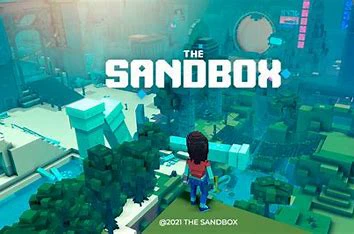
Figure 22 The Sandbox promotion
From a technical perspective: The Sandbox inherits the UGC (user-generated content ecosystem) model of past sandbox games, and provides three integrated functions: VoxEdit, MakeTPlace, and Game Maker to provide users with a comprehensive design experience, while supporting copyright protection for successful designs through blockchain and smart contracts.
From the token model level: The Sandbox provides three tokens to ensure the economic cycle within the game, namely SAND, LAND and ASSETS (material assets).
SAND follows the ERC-20 standard and is the token required by players to acquire assets, purchase land, and for creators to publish content in The Sandbox. SAND also has an ecological governance function and can be pledged to obtain SAND income.
LAND follows the ERC-721 standard and is a land asset in the game. Each LAND is 96*96 in size. After purchasing LAND, players can add game and material assets to LAND and set their own game rules. Multiple LAND blocks can form a larger ESTATE, which is suitable for creating larger and more content-rich sandbox games.
ASSETS follows the ERC-1155 standard and is a token generated by the creator to prove property rights. It can be sold on the front-end website of The Sandbox.
The Sandbox has been highly sought after by capital for its strong IP effect, novel game concept and free and open financial system. In 2018, Animoca Brands acquired Pixowl and provided long-term assistance to the development of The Sandbox. In 2019, The Sandbox received a $2.5 million seed round led by Hashed. In 2020, The Sandbox raised $3 million from True Global Ventures, Square Enix and other institutions in the A round of financing. In 2021, The Sandbox was discovered by SoftBank for its strong ecology that distinguishes it from inferior Blockchain Games, and received $93 million in the B round of financing led by SoftBank.
And The Sandbox has lived up to the expectations of major investment institutions. Since LAND began selling, the average price has continued to rise, and now the floor price on the NFT exchange OpenSea is still as high as 0.12 ETH.
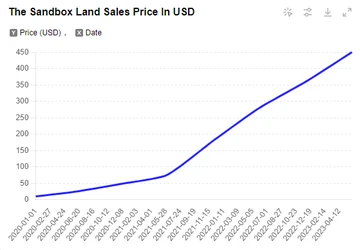
Figure 23 Changes in LADN average selling price
In addition, many LANDs in core locations have been sold at sky-high prices. In November 2021, virtual real estate investment company Republic Realm purchased a piece of virtual land in The Sandbox for $4.3 million, and the following month Snoop Doggs adjacent LAND was sold for about $450,000.
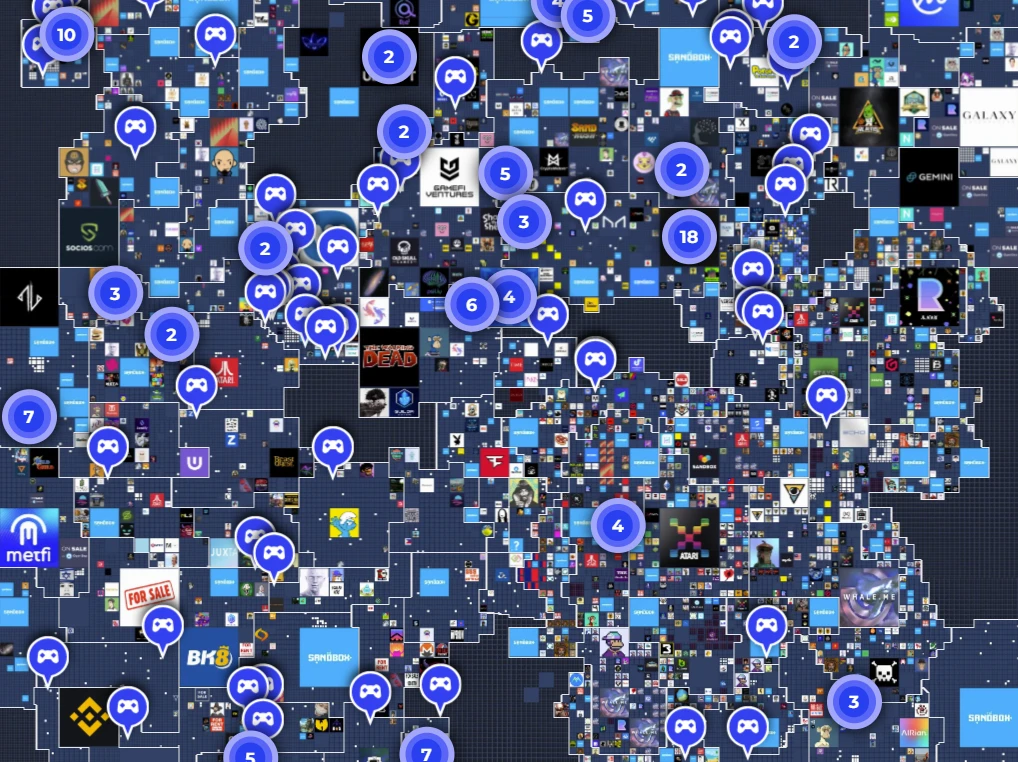
Figure 24. Partial map of LAND distribution
The Sandboxs market value has fluctuated greatly since its ICO, reaching a peak of $6.8 billion and is still as high as $700 million. The profits made by venture capital firms that invested in The Sandbox are difficult to estimate.
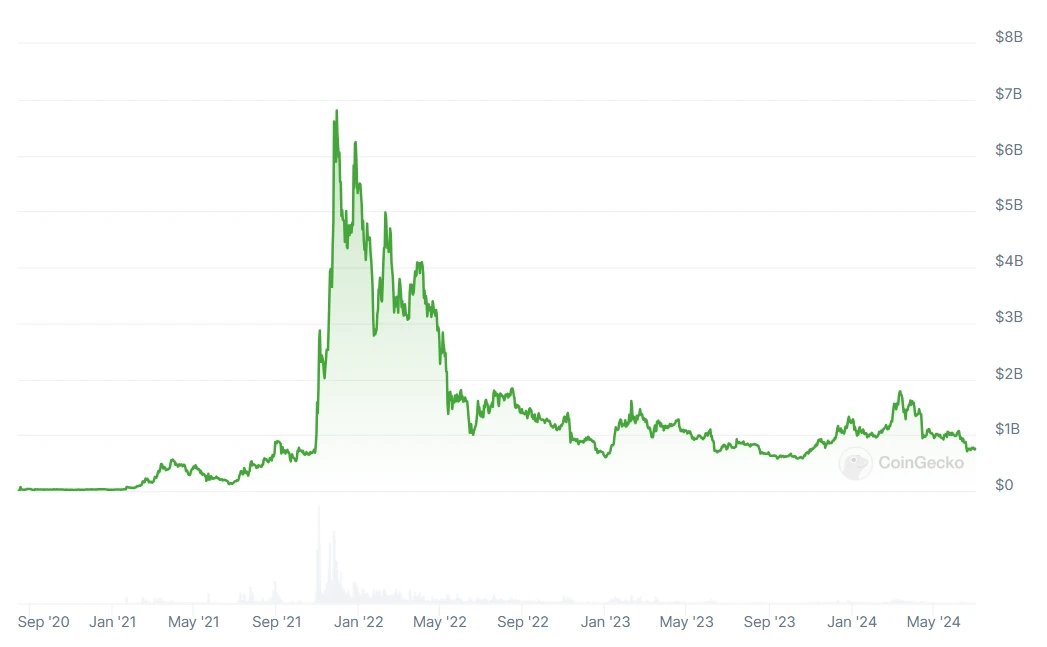
Figure 25 The Sandbox market value changes
Overall, the emergence of The Sandbox provides an example for the combination of traditional IP and blockchain technology, and also demonstrates the powerful wealth accumulation effect of high-quality GameFi.
In the era of GameFi 3.0, how to explore the future GameFi market
Mini Game is not GameFi
Recently, Telegram mini-games such as Not and Hamster have become popular. You can get tokens just by moving your fingers in front of the screen. Such simple operations have led to the viral development of its community, and tens of millions of users can participate in the short term. Since the Not game was launched in January 2024, the number of participants has exceeded 30 million, with an average daily active volume of 5 million. Subsequently, Notcoin also successfully ICOed on many exchanges including Binance, with an increase of more than 400% in 7 days.
However, these games are built on Telegram and can only be called Mini Games. They do not have a complete financial system and are very lacking in IP effect and playability. It can be said that their popularity is almost entirely supported by the concept of fair launch. Unlike similar WeChat mini games, Mini Games on Telegram are not restricted by the platform, and the benefits they obtain can be seen as the extension of Web2 to Web3.
Revisiting GameFi
There are various game formats, but the market is still a blue ocean
2023 to 2024 are two years in which GameFi has developed rapidly in terms of game formats. Currently, it mainly covers Farming/Mining Game, Card Game, Move-to-earn Game, MMORPG, Mataverse Game, Auto Battles and other types.
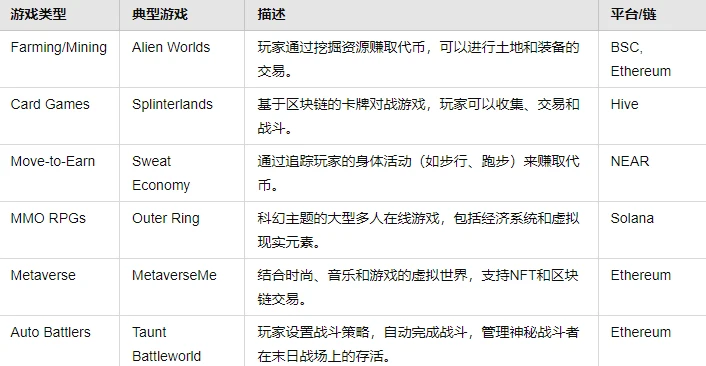
Figure 26 GameFi game formats and typical games
On DAppradar, GameFi Matr1x, which ranks first in UAW (number of active users), is an MMORPG game. In the past 30 days, the number of active users reached 1.92 million, but the circulating market value was only 49 million US dollars. The current market hotspots are mainly concentrated in basic fields such as Layer 1 and Layer 2 construction, while GameFi tends to be a comprehensive application of technology. With breakthroughs in basic fields, there is still a chance for a second outbreak.
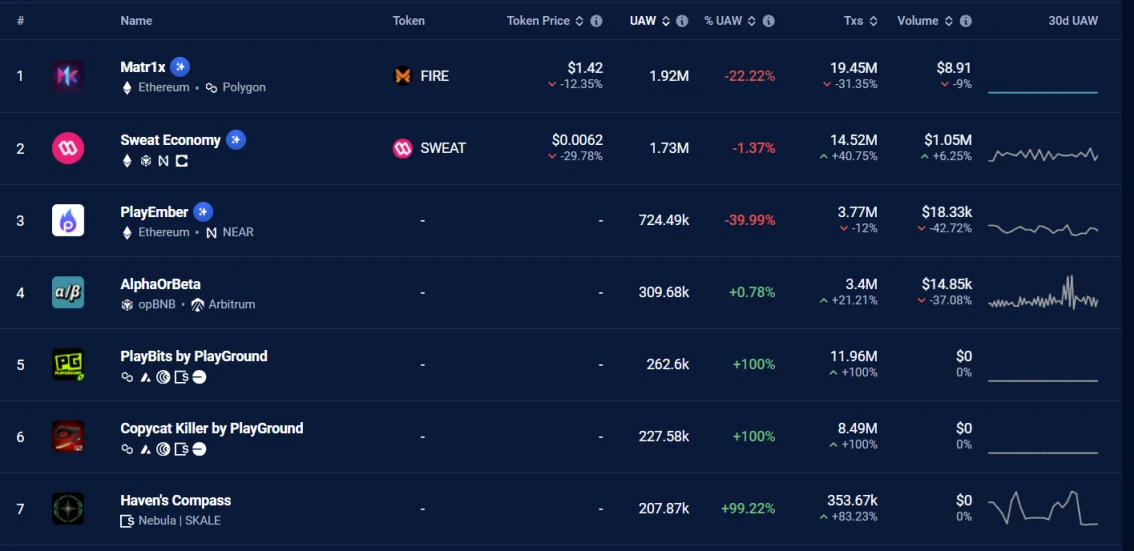
Figure 27 DAppradar GameFi ranking
Full-chain games
The game mode of full-chain games runs and stores all the logic, data and assets of the game on the blockchain. In the period of GameFi 1.0 to GameFi 2.0, most games only had assets or part of the logic on the chain. The full-chain game emphasizes complete decentralization and transparency, which can perfectly avoid problems such as game plug-ins. Autonomous World can be regarded as a major manifestation of full-chain games. It builds a virtual world based on blockchain technology, making the rules and operations of the entire world monitorable. The goal of GameFis future development must be full-chain games.
GameFi+?
In the current market, it is difficult for a single GameFi to gain market favor, and combining it with AI, the Internet of Things, etc. may be the way to break the deadlock. A series of GameFi+AI projects such as colony, Nimnetwork, Futureverse, Palio, and Ultiverse have broken the deadlock. Among them, Palio received $15 million in investment from Binance Labs to develop and integrate AI technology, showing the recognition and pursuit of GameFi+AI projects by major VCs. In addition, combining GameFi with hot topics such as the Internet of Things and cloud computing is also a major development path.
From the perspective of technology, IP effect and playability
Axie Infinity borrowed from the game Pokemon to develop a pet battle game on the blockchain, and The Sandbox migrated Sand and Sand Evolution to the blockchain, which is enough to show that traditional IP has unlimited development potential in the blockchain. Although Axie Infinity and The Sandbox have experienced serious economic bubbles, their current market capitalizations are still as high as $800 million and $700 million, which also proves that their projects have the ability to attract real users.
In addition, many game companies plan to introduce blockchain technology into classic games.
Atari has partnered with The Sandbox to bring its classic games such as Centipede and Pong to the Metaverse platform. Players can use SAND tokens in The Sandbox to participate in and create experiences based on these classic games.
Square Enix announced plans to bring its popular gaming IPs, Final Fantasy and Dragon Quest, to a blockchain platform.
Capcom announced that it will explore ways to bring its well-known games such as Street Fighter and Resident Evil to the blockchain gaming field.
In the traditional gaming field, the emergence of MOBA games such as League of Legends and Honor of Kings often represents the peak of gaming development. In the GameFi field, the current solution is to create a highly playable game with a complete financial system. Whoever can first introduce excellent game IP will have the opportunity to gain a first-mover advantage.
Summarize
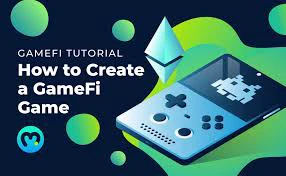
Figure 28 GameFi promotion
GameFi is essentially a combination of DeFi+NFT+Blockchain Game, which is a new stage in the unified application of blockchain technology and the development of games.
GameFi has gone through the 1.0 and 2.0 eras, gradually transforming from a past Ponzi scheme into a gaming ecosystem that is attractive to real users.
Currently, the blockchain industry is focused on the construction of basic ecosystems such as Layer 1 and Layer 2, and GameFi is still gaining momentum.
Full-chain gaming and GameFi+? are the development trends of GameFi 3.0.
Investment in GameFi needs to focus on aspects such as its IP, playability and technology. Only GameFi that can truly attract players has the potential for long-term development.

